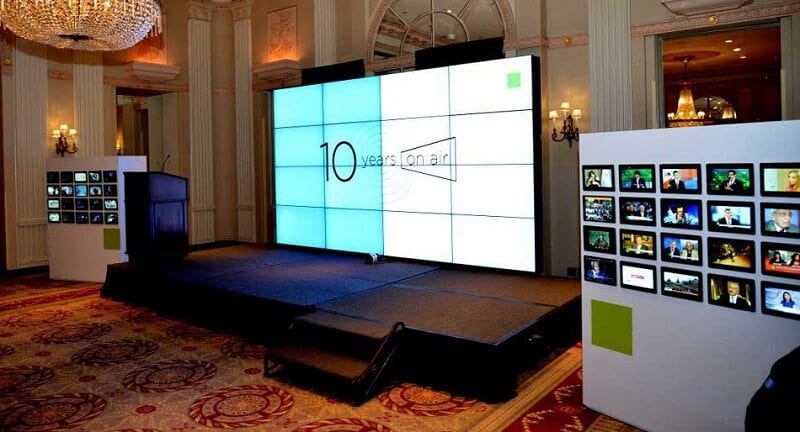The first step in ensuring color accuracy is understanding how LED technology works. LEDs, or light-emitting diodes, produce light in various shades by combining red, green, and blue (RGB) light. Each pixel on an LED wall consists of these three hues. When calibrated correctly, the combination of RGB can create a wide range of hues. However, if one hue is too bright or too faint, it can throw off the whole screen. This is why tuning is needed to equalize the hues and reach the desired graphic effect.
Tuning involves adjusting the configurations of the LED screen to ensure that the hues displayed match the initial content as closely as feasible. This procedure usually involves using specialized software and hardware instruments. Technicians frequently use color measurement devices, such as spectrophotometers, to examine the colors being displayed. By contrasting the measured hues to benchmark color values, they can make exact modifications. This ensures that the colors are not only lively but also consistent across the whole screen.
Another important aspect of color accuracy is understanding the environment in which the LED screen is used. Elements such as ambient light can considerably affect how colors appear. For instance, a brightly illuminated room may wash out hues, making them look less vibrant. To counteract this, technicians may modify the luminosity and contrast configurations of the LED wall. Additionally, they may select specific color profiles that led display setup guide are better suited for various lighting conditions. This flexibility helps maintain color accuracy irrespective of the observing surroundings.

Ultimately, routine upkeep and recalibration are essential for maintaining an LED screen looking its best. Over time, the performance of LEDs can alter due to factors like degradation and heat fluctuations. Frequent checks and adjustments can help ensure that the hues stay accurate and vibrant. By committing time in appropriate calibration and maintenance, venues can offer viewers with stunning graphic presentations that enhance their overall experience. Mastering color precision in LED screen calibration is not just a technical job; it is an art that contributes to the wonder of graphic storytelling.